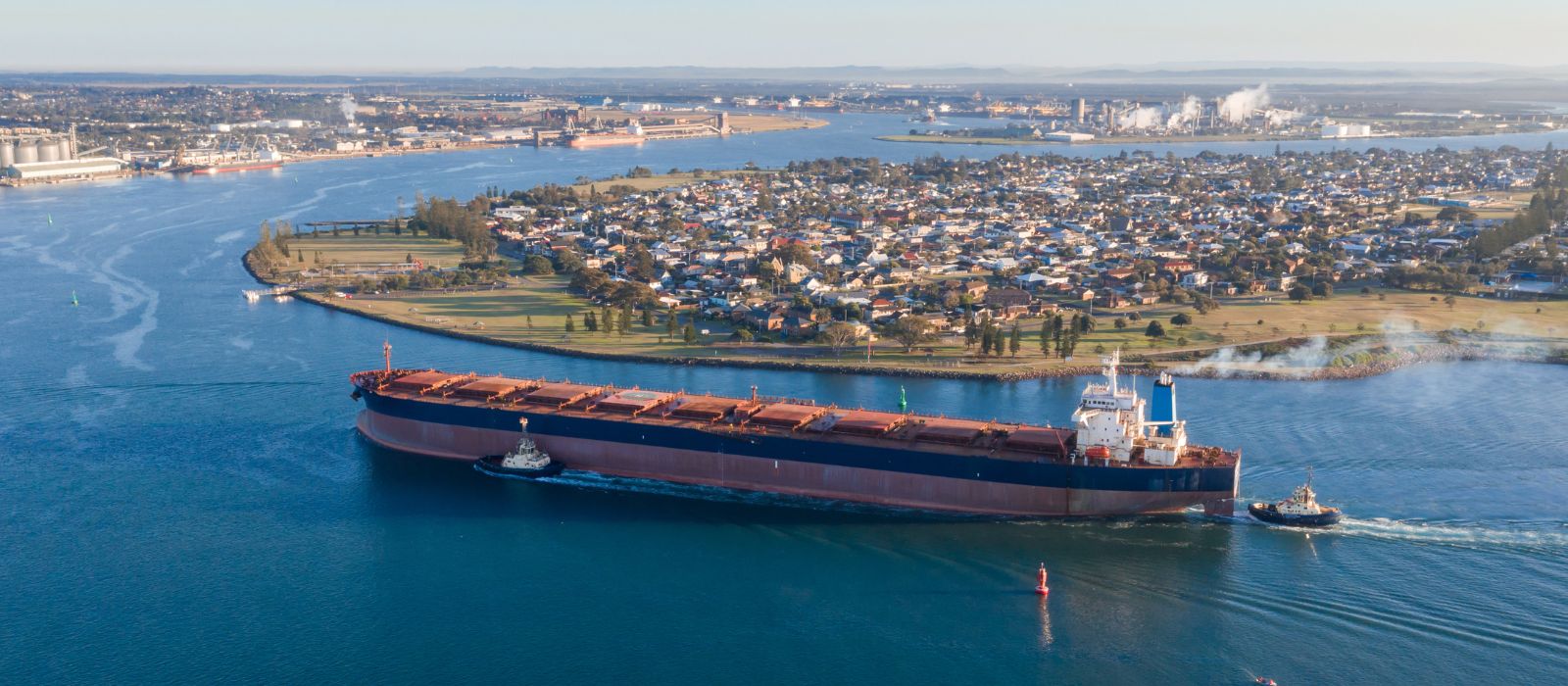The economic impact of ‘liberation day’ on mining: a global shift

The economic repercussions of ‘Liberation Day’, when the US announced a range of tariffs on the world, initially drew comparison to previous economic crises such as COVID-19 and the global financial crisis of 2007 (amongst others).
Earlier bullish predictions for the mining sector from Q1 stalled as global markets reacted to the rapid fire announcements of tariffs, counter tariffs and trade restrictions.
Although there has now been a winding back compared to initial declarations, uncertainty continues to unfold. Below, I outline a few thoughts on the short-to-medium-term implications for the global mining sector.
Global implications
Capital investment and priority metals
Capital investment in mining will slow as CEOs adopt a defensive stance amid the economic instability. While the earlier positive outlook on copper and uranium has faltered, gold remains strong and should hold its value in the foreseeable future.
Global alliances and supply chains
The disruption of traditional alliances and trade agreements could elevate the risk of mineral nationalisation, particularly in regions most affected by tariffs. The post-COVID effort to build back resilient and efficient supply chains will likely be rolled back as financial consequences of tariffs take effect.
Deglobalisation of mining investment
A shift toward "deglobalisation" may emerge, with some nations opting to develop mineral assets independently, potentially accelerating nationalisation efforts. A more plausible scenario involves regional blocs forming, such as UK-EU-Canada, EU-Africa-Middle East, certain LATAM countries, and certain African countries. Australia’s geographic remoteness from northern hemisphere trading partners should prompt reaffirmation and strengthening of trading alliances with North Asia and India. If China stabilises its economy, it could further solidify its global position regarding critical minerals by capitalising on the US's retreat from the post-WWII global economic structure. This rapid geopolitical shift also presents the opportunity for China to strengthen its investment footprint in parts of Asia, Africa and Latin America.
Sector consolidation and deals
Recent trends in sector consolidation will likely slow, though an uptick in M&A activity could occur within the next 12 to 18 months if market conditions stabilise.
US Implications
US mining investment
International mining investors have been reassessing US investments opportunities since the start of the year; a trend that I would expect to increase. While domestic mining investment could provide an opportunity, substantial government financial incentives will be required to capitalise fully on regulatory easing.
However, states will continue to wield considerable influence over the mining sector, creating opportunities for localised resistance to federal policies. Well-funded and highly organised NGOs, galvanised by opposition to President Trump's pro-development agenda, may intensify their efforts. This could manifest in public campaigns, legal challenges, and grassroots movements aimed at disrupting or stalling new mining projects, further amplifying anti-development sentiment as a counterbalance to federal policy shifts.
Outbound investment risks
The ability of US based, or US listed mining companies to invest abroad may be constrained by a ‘US versus the rest of the world" scenario. American mining companies with global portfolios may also face increased risks to asset ownership, government intervention and operational control, particularly in regions where shifting alliances are shaped by evolving tariff policies.
Integrated value chain challenges
The US lacks the operational assets and mid-to-downstream infrastructure needed to rapidly establish an integrated mining value chain capable of enabling a globally isolated manufacturing economy. Additionally, any tariffs on imported vital equipment will drive up development and production costs, further complicating expansion efforts. Long-term competitiveness will depend on the US’s ability to navigate these structural challenges while reestablishing strategic trade relationships.
Disclaimer: The views expressed in this article are the author’s, and do not reflect the opinions, policies or views of ERM or AusIMM.